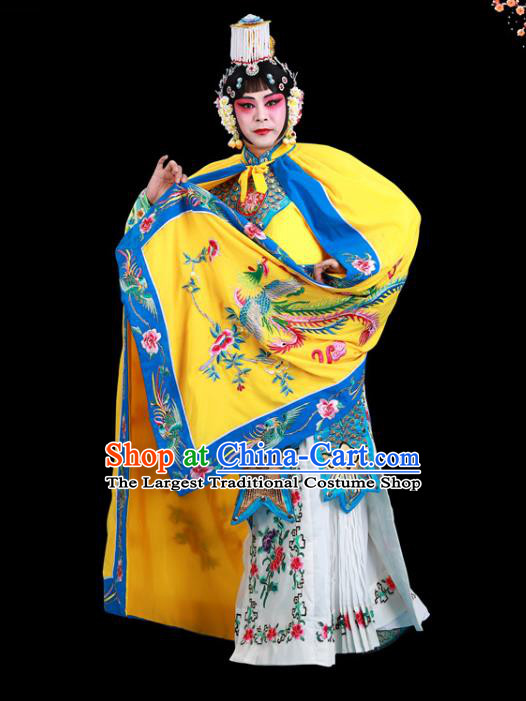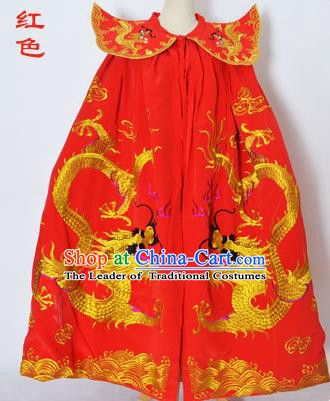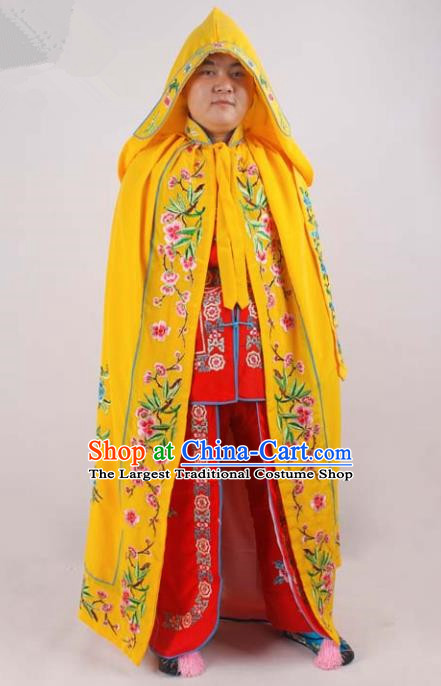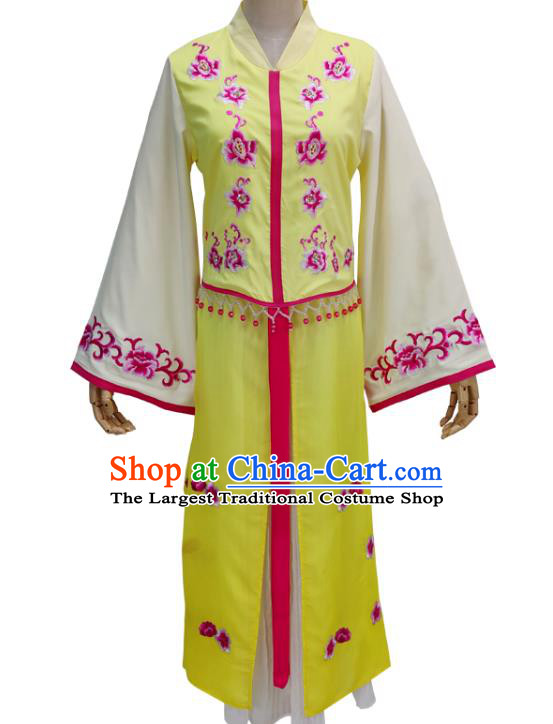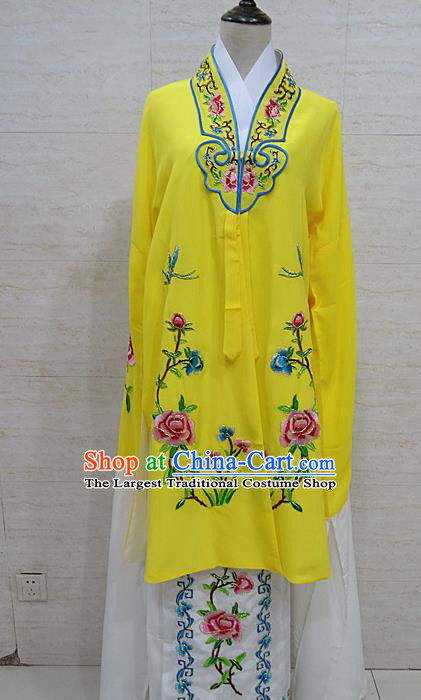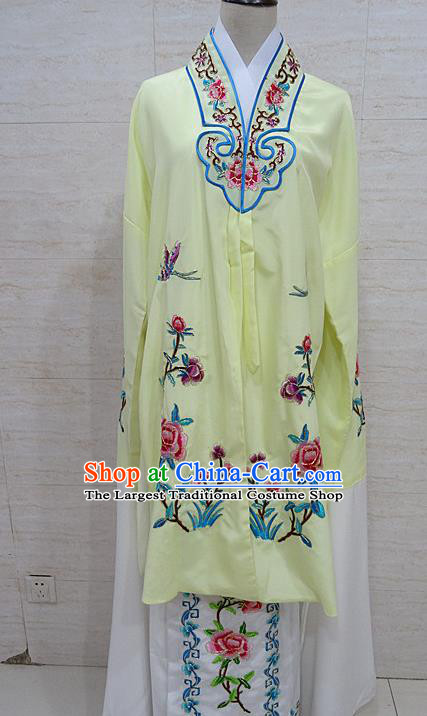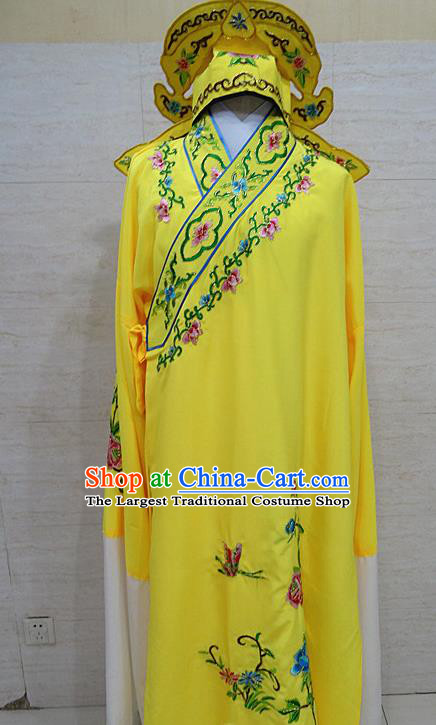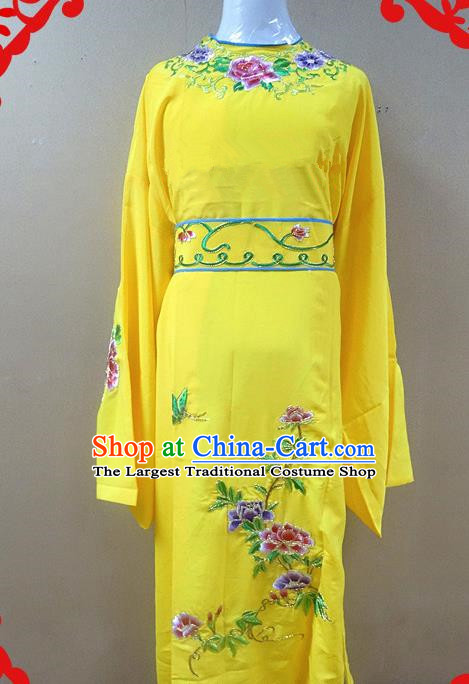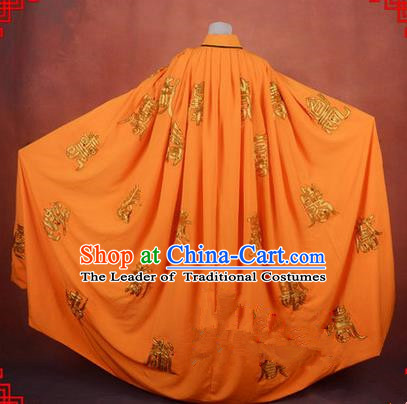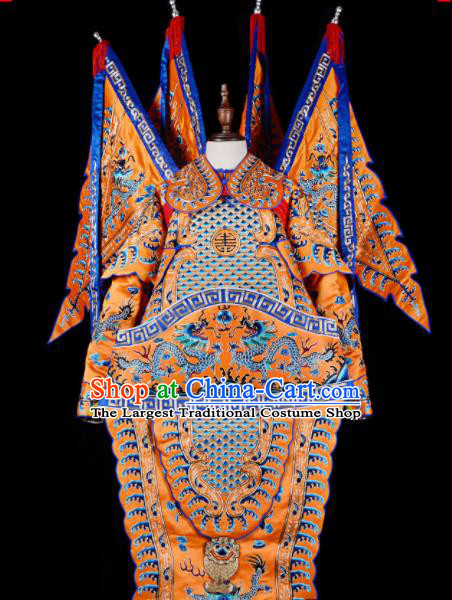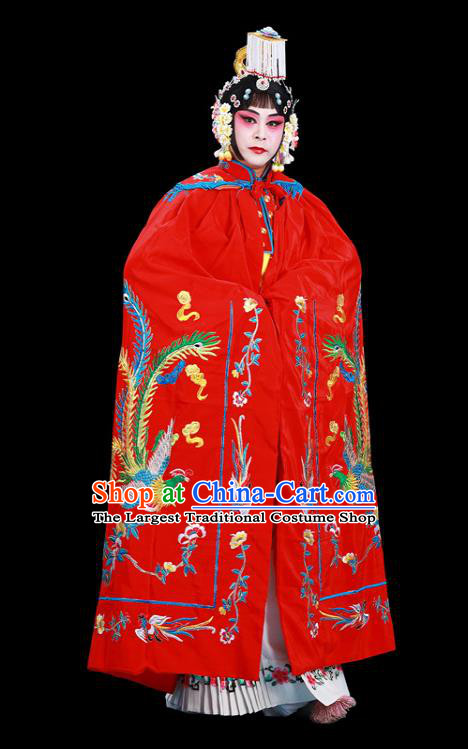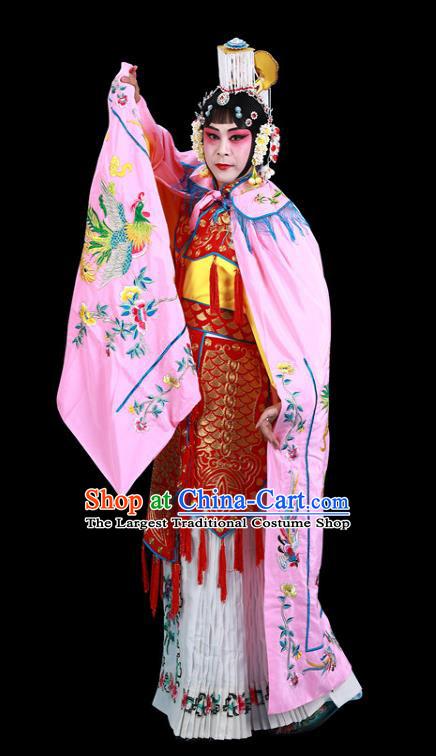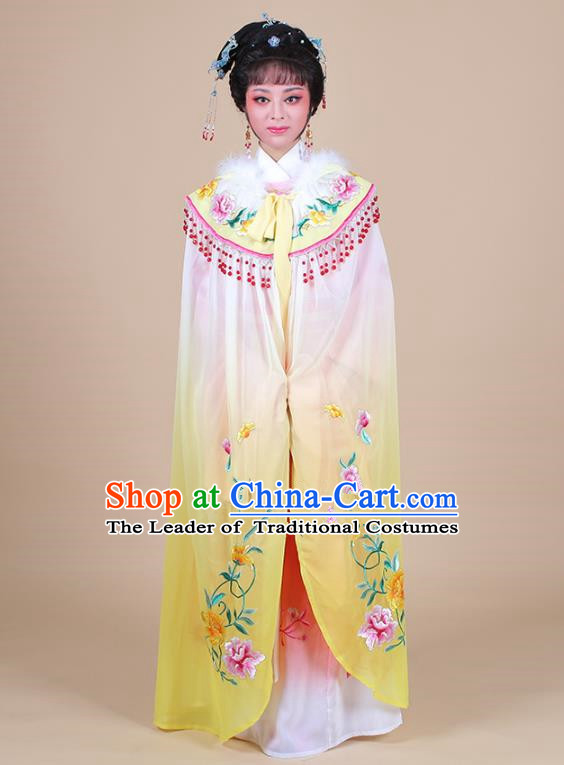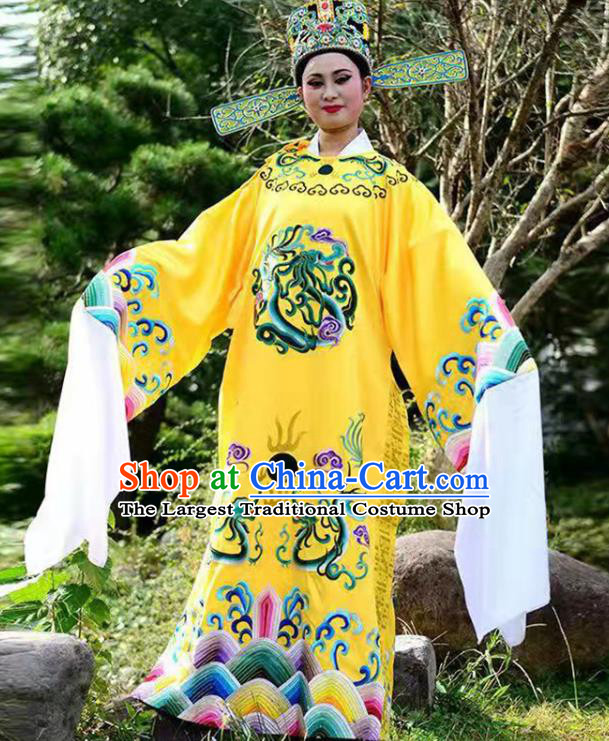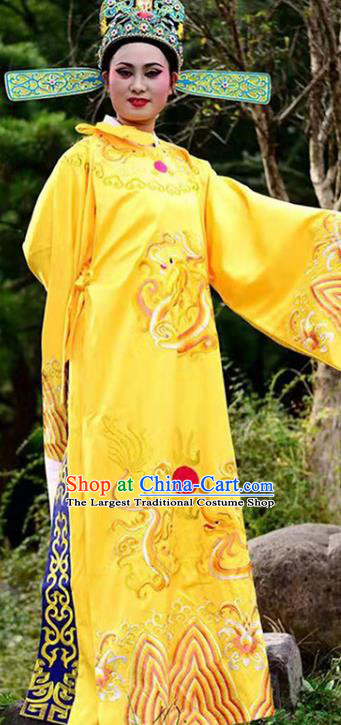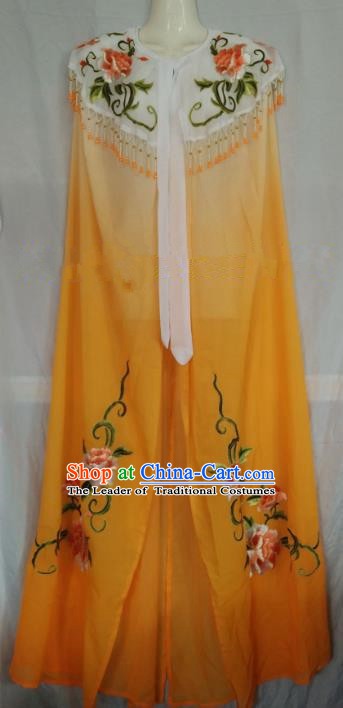
Click Related Pictures for More Audios:
The traditional Chinese Beijing Opera yellow embroidered cloak is a stunning piece of art that embodies the rich cultural heritage and artistic excellence of China.
This exquisite cloak is made from high-quality materials, such as silk and cotton, and features intricate embroidery designs that showcase the skill and creativity of the artisans who crafted it.
The vibrant colors and bold patterns of the embroidery create a visual feast for the eyes, while the delicate craftsmanship ensures that the cloak is both durable and comfortable to wear.
The name "Traditional Chinese Beijing Opera Yellow Embroidered Cloak" perfectly captures the essence of this iconic piece of clothing.
It refers to the traditional style of Beijing Opera, which originated in the late Qing Dynasty (1644-1912) and has since become one of the most popular forms of Chinese opera.
Beijing Opera is known for its elaborate costumes, makeup, and music, and the yellow embroidered cloak is a symbol of the performers' status and prestige within the opera world.
The cloak is often worn by male actors during performances, as it adds a touch of elegance and sophistication to their appearance.
However, it can also be worn by female actors, particularly those who play roles that require a more feminine or graceful demeanor.
The cloak is typically worn with other traditional Chinese opera costumes, such as the red cheongsam dress or the black dragon robe.
In addition to its aesthetic value, the yellow embroidered cloak also holds significant historical and cultural significance.
It represents the fusion of different styles of Chinese opera, including Peking Opera, Kunqu Opera, and Yueju Opera, which have all contributed to the development of Beijing Opera over time.
The cloak also reflects the importance of tradition and respect for one's ancestors in Chinese culture.
Overall, the traditional Chinese Beijing Opera yellow embroidered cloak is a masterpiece of art and history that continues to captivate audiences around the world.
Its intricate design, vibrant colors, and rich cultural significance make it a true treasure of Chinese culture.






